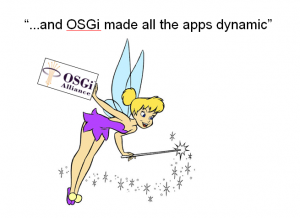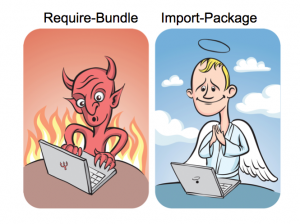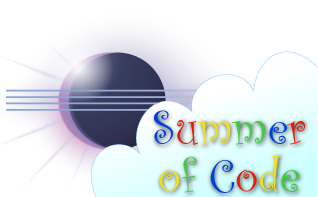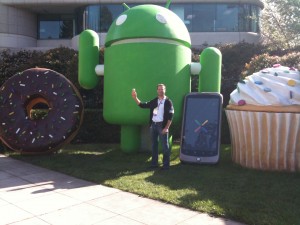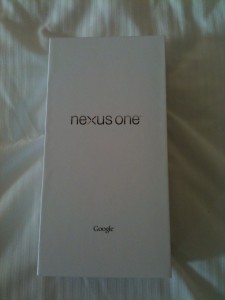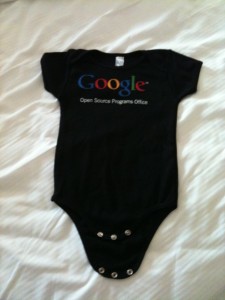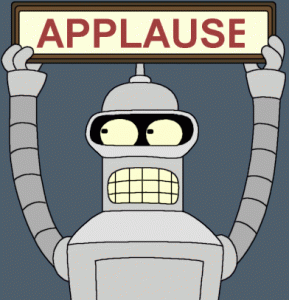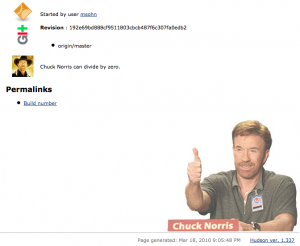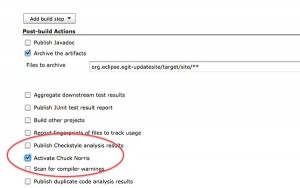Yesterday, Martin Lippert, Jeff McAffer and Paul Vanderlei gave a talk on OSGi Best and Worst Practices.
I really enjoyed the talk because between the four of us, we have a unique and pragmatic perspective on OSGi. I come mostly from a tooling OSGi background but have dabbled in runtime. Martin has been working with enterprise clients deploying OSGi technology for a long time. Paul focuses on embedding OSGi in crazy places. Jeff is just wise OSGi sage, helped Eclipse move to OSGi and has just been doing this forever.
We decided to go the presentation zen approach and it seemed to be received well by the audience. We were a little hesitant at first because deeply technical audiences don’t seem to take the zen style well from my experience, but looks like people enjoyed it. I guess anytime you characterize Peter Kriens as tinkerbell sprinkling OSGi dust everywhere people get a kick out of it.
On top of that, we had a good debate on Require-Bundle versus Import-Package.
I think the devil in the picture above looks more productive, right :)?
In the end, I hope you benefited from our experiences and learned something along the way.


